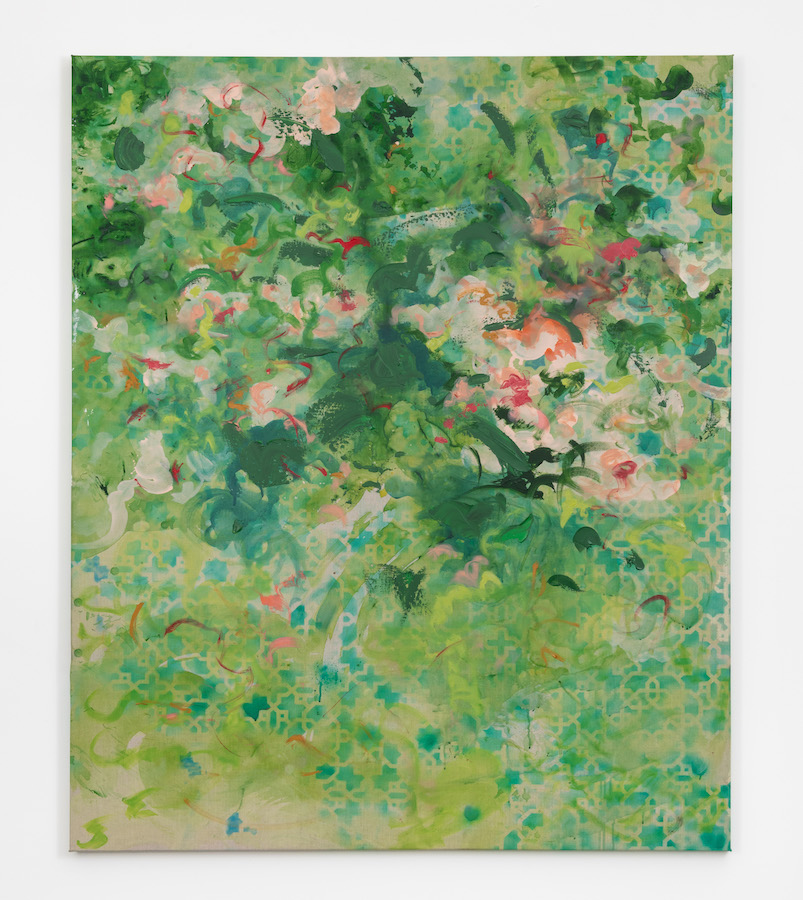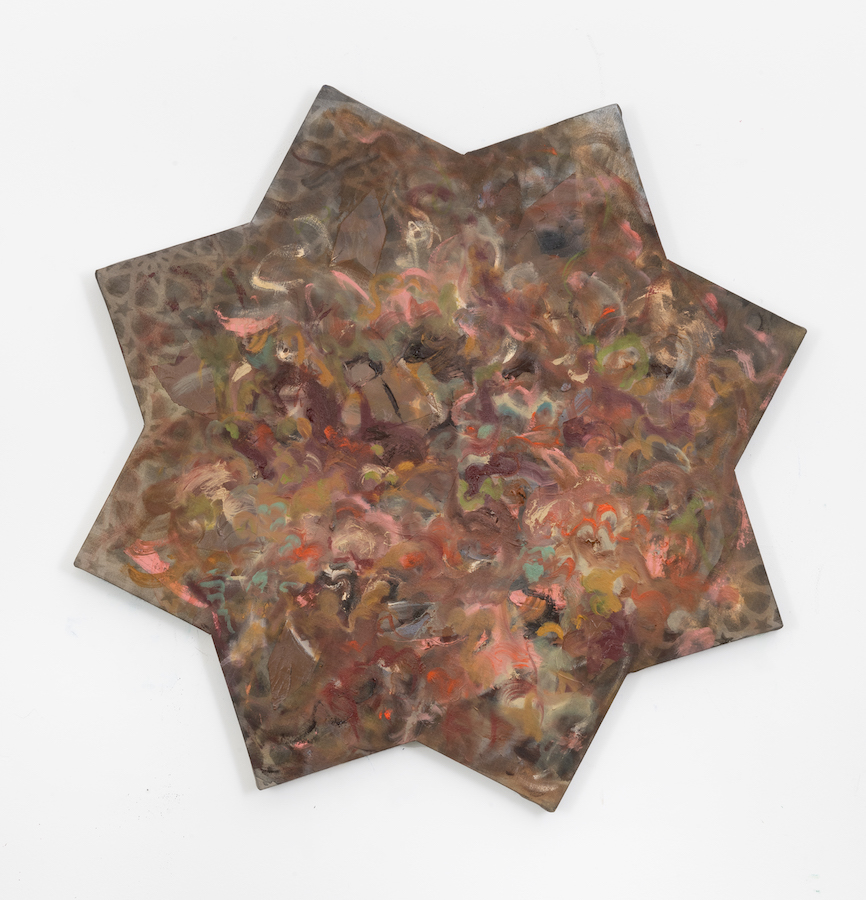DUBAI: Kuwaiti artist Latifa Alajlan moved to America in 2016 to study art at Grossmont College in San Diego, followed by a Master of Fine Arts program at the School of the Art Institute of Chicago, where alumni include major American artists Georgia O’Keeffe, Joan Mitchell and Grant Wood.
Now, Alajlan is based in New York, where she is represented by Franklin Parrasch Gallery. “New York is the Makkah of the art world,” she tells Arab News. “You have so many galleries and institutions — that’s what I do every Friday. It’s very meditative for me and I enjoy walking around the city.”

Alajlan, Latifa, Ishq, 2024. (Supplied)
But she is also aware of the competition in such an established artistic environment. “In New York, when you’re a young artist what’s dangerous about it is that you compare yourself to other artists,” she says. “I used to do that a lot and I had to take a step back and realize it was unhealthy. Everyone has their own journey.”
Hers began in Kuwait, where her parents, especially her strict father, would “force” Alajlan and her siblings to visit museums and write essays on artworks. “I just didn’t understand. People were enjoying their summer, and we were going to museums,” she says. “That was boring.”
Now, however, Alajlan can look back on her childhood and understand her parents’ intentions. “That’s what I appreciate: the fact that they kept pushing me,” she says.

Lilith's Garden, 2024. (Supplied)
As for her creative practice, Alajlan has experimented with ceramics, glass-blowing, blacksmithing and sculpting. But such labor-intensive mediums weren’t for her. “I almost lost my fingers,” she says. “It’s intense. . . I’ve realized painting is my thing.”
Through her abstract work, Alajlan addresses political, cultural and architectural attributes of her homeland. But she finds inspiration everywhere, she says — from her friends to conversations with strangers. There is an element of mystery to her canvases; she might hide certain parts of her composition with splodges of paint, filling them with gentle gestural strokes and motifs from mosques.
“To me, painting is very therapeutic,” she says. “It’s my way of praying.”





















